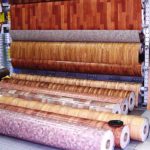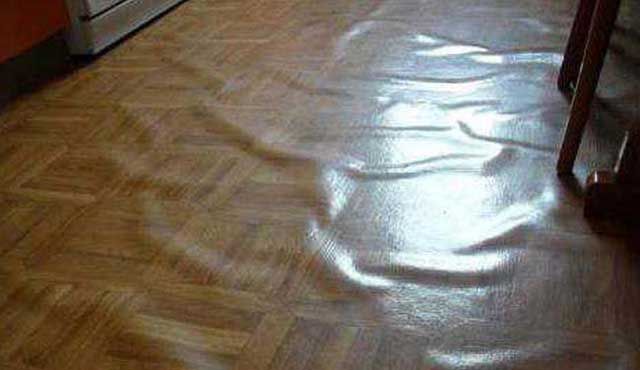Adhesive consumption for linoleum per 1m2
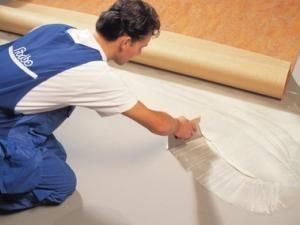 Linoleum is an interesting solution to complement the interior. And today this option is no longer fastened with nails, but with assembly adhesive. But to use linoleum, you need to accurately calculate the amount needed for the job, and most importantly choose it correctly, otherwise you can add a lot of unnecessary trouble to yourself.
Linoleum is an interesting solution to complement the interior. And today this option is no longer fastened with nails, but with assembly adhesive. But to use linoleum, you need to accurately calculate the amount needed for the job, and most importantly choose it correctly, otherwise you can add a lot of unnecessary trouble to yourself.
The content of the article
Features of linoleum adhesive
Using this option for fastening linoleum has a lot of advantages. Adhesive fasteners look more beautiful and reduce the risk of deformation of the linoleum, which is a very useful quality during installation work. In addition, linoleum will last 20-40% longer with adhesive fastening, and tightly fastening the floor coverings to each other prevents water from leaking in and prevents mold and mildew from multiplying.
Advice! In order for the actual glue consumption to coincide with the numbers on the packaging, the room temperature must coincide with the required temperature, also indicated on the packaging.
But this option also has disadvantages. The fact is that when gluing linoleum, the amount of work increases and the time spent on renovating one room can be about 3 days. Also, if it is necessary to re-glue, it may be difficult to dismantle, and reusing the coating is impossible, because it is torn by hand when dismantled.
How to calculate the approximate consumption of dispersion glue per 1 m2
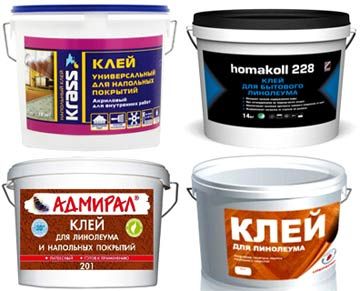 The dispersion adhesive does not contain volatile elements hazardous to human health, which indicates that it is safe to work with. In addition, the dispersion type is characterized by the absence of odor, which is undoubtedly a good addition, allowing installation work to be carried out in residential premises. It often consists of acrylic or water. Its consumption per 1 m2 is approximately 300-400 grams per m2.
The dispersion adhesive does not contain volatile elements hazardous to human health, which indicates that it is safe to work with. In addition, the dispersion type is characterized by the absence of odor, which is undoubtedly a good addition, allowing installation work to be carried out in residential premises. It often consists of acrylic or water. Its consumption per 1 m2 is approximately 300-400 grams per m2.
Types of dispersion glue:
- Bustilat. The most common version of dispersion adhesive. Its base usually consists of chalk, latex and carbon paper compounds. Often used when installing using natural pile (usually a felt base);
- Acrylic dispersion adhesive. This type is characterized by high viscosity. Well suited for single-layer floor coverings and linoleum installed inside residential premises;
- Gumilax. This dispersion type is based on rubber and latex. An excellent option would be for both natural and artificial turf containing a fabric layer;
How to calculate the approximate consumption of reaction glue per 1 m2
The operating principle of the reaction option is based on chemical reactions between its components. The process itself is reminiscent of cold welding. It is resistant to high humidity and the influence of water and does not require a specific indoor microclimate. The reaction option is reliable and flexible. Consumption is 300-400 grams per m2, but some of its options may require more consumption per m2
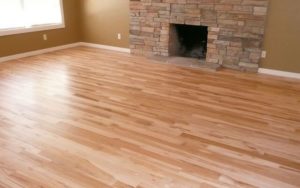 Types of reaction glue:
Types of reaction glue:
- Cold welding (type A). Typically used for gluing floor coverings when joining them together;
- Cold welding (type C).Quite a thick option. Often used for gluing seams and old linoleum;
- Cold welding (type T). The product is a professional product. Used for joining polyester-based coatings;
Today, installation work with linoleum is almost impossible without glue. There are many types and variations of it, suitable for various purposes, having different properties and consumption. When choosing a natural product, it is better to pay attention to the dispersion type, and when working in a damp room, the reaction type is better.


